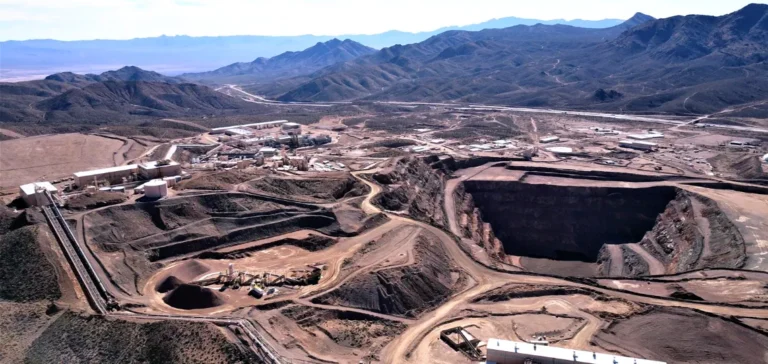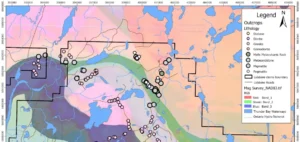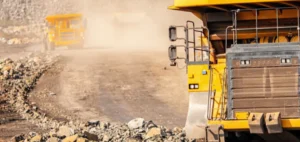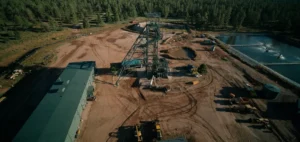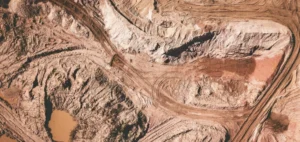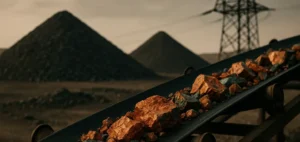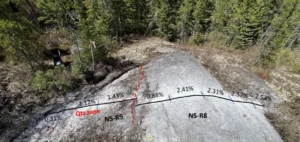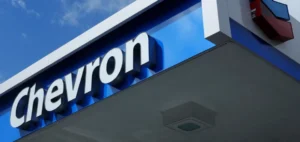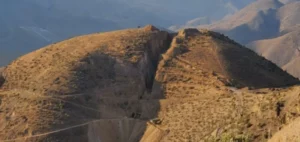Ramaco Resources has signed a Cooperative Research and Development Agreement with the U.S. Department of Energy’s National Energy Technology Laboratory. This five-year framework aims to strengthen scientific cooperation on the discovery, extraction, processing, and commercialisation of rare earth elements and critical minerals.
The American company, already a long-standing partner of the laboratory, is continuing its work at the Brook Mine, a site located in the state of Wyoming. According to Ramaco, this deposit represents the largest unconventional rare earth reserve identified in the United States. The agreement provides a broader framework for intensifying joint projects between Ramaco, national laboratories, and the federal research network.
A partnership focused on technology and production
The initiative aims to integrate advanced tools such as artificial intelligence, quantum technologies, and high-performance computing to optimise scientific and industrial processes related to critical minerals. This approach is designed to streamline research and accelerate the deployment of commercial-scale production solutions.
The programme is based on the Minerals to Materials Supply Chain Research Facility, known as METALLIC, recently created by the U.S. Department of Energy. This facility brings together nine national laboratories and serves as a platform for testing, validating, and commercialising innovations from both public and private research in the field of critical minerals.
Four centres of expertise for the supply chain
The METALLIC facility is structured around four core areas: feedstock beneficiation, extraction and separation, refining, and alloy development and advanced manufacturing. Each centre is equipped with technology validation capabilities and supported by interdisciplinary teams coordinating activities.
In addition to rare earths, the partnership also extends to coal-derived carbon materials, including synthetic graphite, graphene, and carbon fibres. Ramaco holds approximately seventy-six patents, exclusive licences, and trademarks linked to these innovations. The company aims to convert this research into high-value industrial applications while strengthening national supply security in strategic resources.
The framework agreement, with an initial five-year duration, will allow for the launch of multiple collaborative projects under its umbrella. It aligns with broader efforts to boost U.S. competitiveness and support the development of a domestic strategic metals supply chain.


